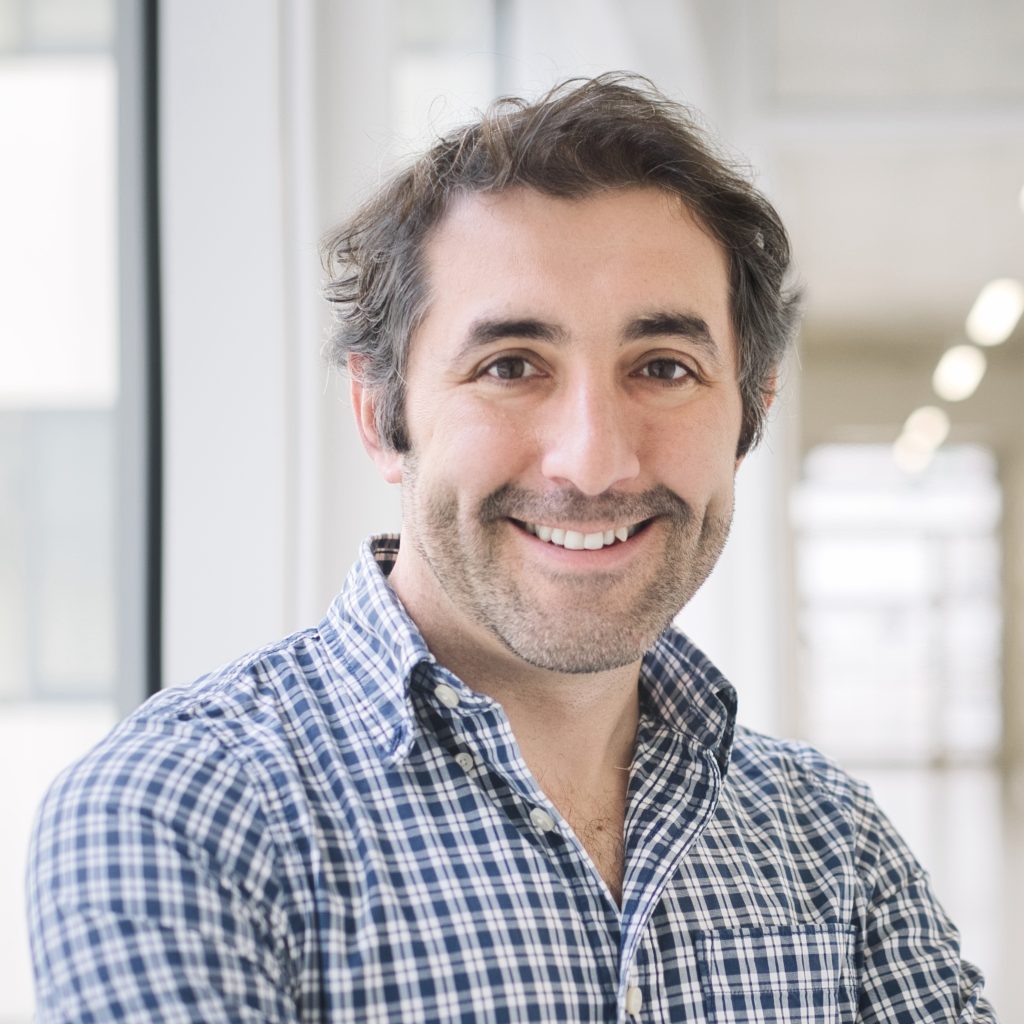Biological tissues are organized in 3D from cells that differ in structure and molecular identity. Three-dimensional topographic cellular organization in whole organs is of paramount importance to their functions. Unique structural and molecular features of cardiac cells support essential heart function: beating about 100,000 times a day to pump 7,200 liters of blood to deliver a continuous supply of oxygen and other nutrients to the brain and the other vital organs. Until now, not much is known about the subtypes of cells in the human heart and how they are organized in 3D space. A high-definition spatial representation of cell types with their boundaries, neighbors, and interacting cells in the whole human heart is required to uncover the 3D network that is essential for sustaining life.
The NOMIS Human Heart Atlas: Charting the Cellular and Molecular Complexity of the Human Heart project aims to generate vascular, cellular and molecular maps of the entire human heart by merging novel technologies in imaging, spatial molecular profiling and artificial intelligence (AI). We aim to image and generate high-resolution maps of blood vessels and of various different cardiac cell types from the entire heart while revealing local proteomes from specific regions. In recent efforts, we rendered human organs transparent, enabling laser-scanning microscopy on intact human organs at the cellular level for the first time. Using deep-learning algorithms, we could analyze hundreds of millions of cells and entire vascular networks in large human organs, establishing the key technologies to aid the generation of high-resolution molecular and cellular maps of intact entire human organs.
The researchers anticipate that the maps they generate in this project can help to understand the cellular and molecular details of how human heart cells interact and function in physiological conditions, as well as during aging and in cardiovascular diseases.
The project is being led by Ali Ertürk at Helmholtz Zentrum München in Munich, Germany.


